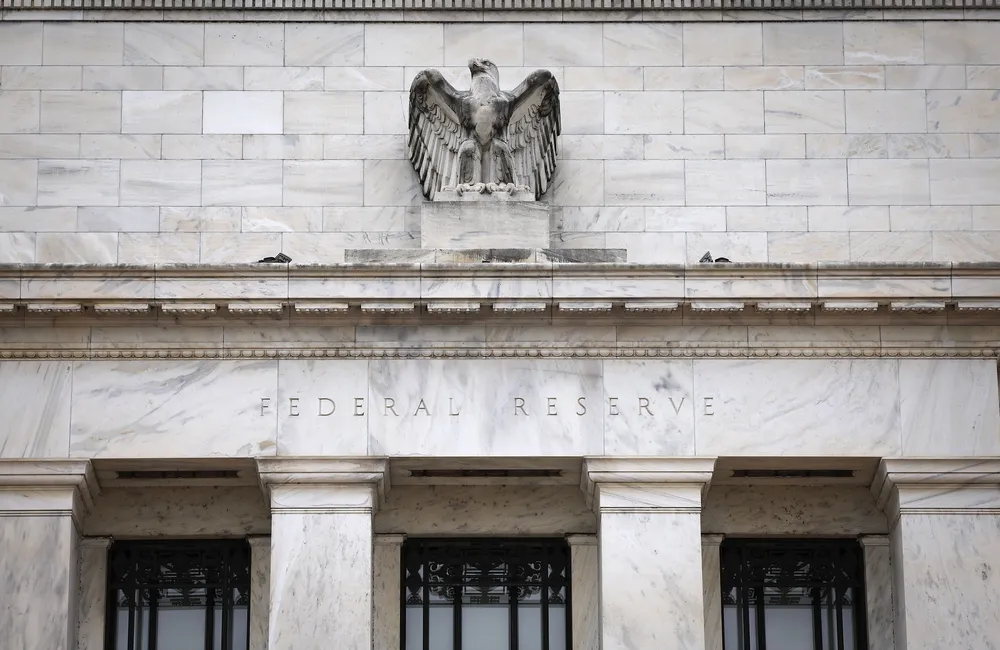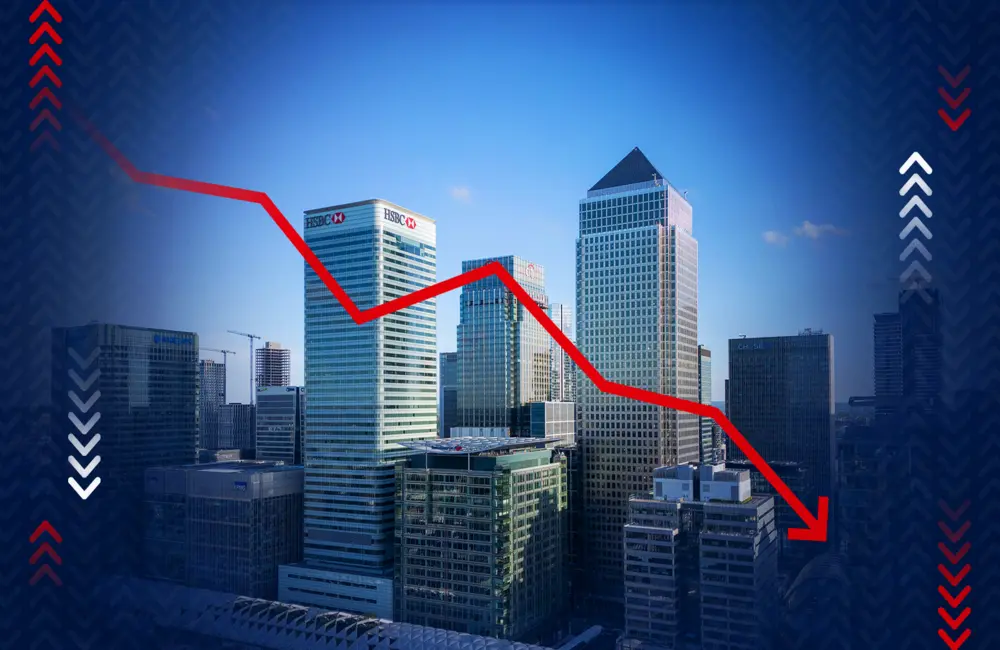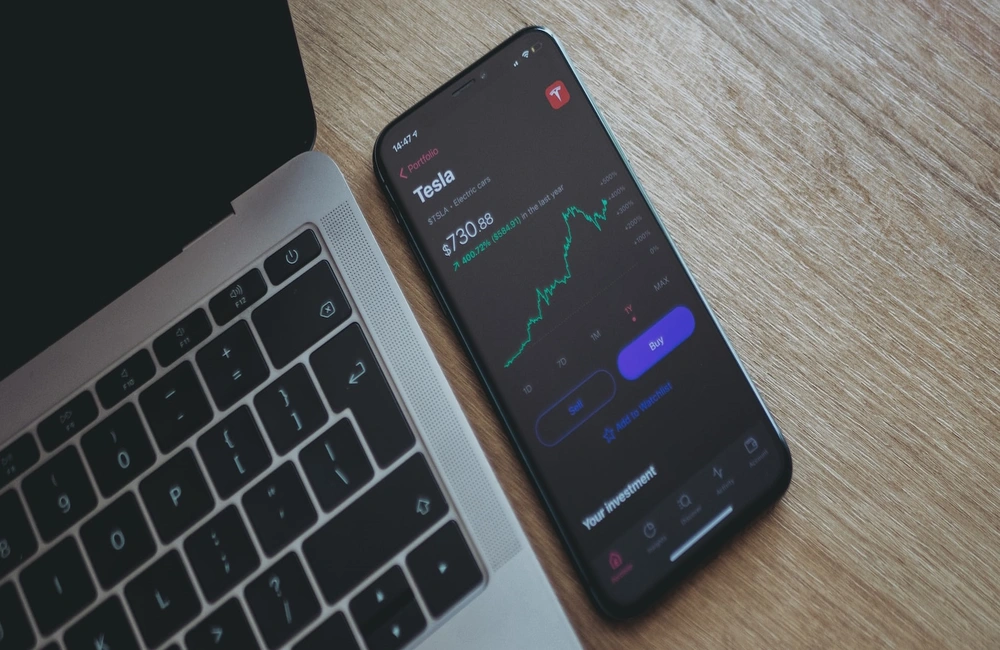Australian shares posted double-digit returns in 2021 underpinned by a strong first half of the year that was followed by flat performance from August as national lockdowns, inflation fears and turmoil in China gripped the headlines.
The Australia Index, which tracks the largest 97% of stocks by market capitalisation, netted a total return of 18.4% in 2021, or 14.1% stripping out dividends. It was the fourth strongest showing in the past decade, several points below the 23.4% registered in the year preceding the pandemic.
Markets clawed back sharply to mid-August highs by a V-shaped turn in the economic recovery turbocharged by iron ore prices soaring. Flush savings accounts and generous government handouts stoked economic embers at home, causing unemployment to drop to 4.5% in August from a pandemic peak of 7.5%. Chinese demand kept iron ore prices high in overseas markets as well, with prices floating above US$200 for much of May and July.
Then came covid. The June outbreak shut the economy down for several months and gross domestic product (GDP) dropped by 1.9% in the third quarter. Abroad, state-mandated reductions in Chinese steel output and debt woes in the commodity-thirsty property sector have piled on the misery for iron ore, which lost half its value over August and September.
Background affording a cat and mouse game between markets and central banks as inflation rises and the outlook for interest rates evolves. ‘Team Transitory’ was overtaken by a more hawkish position at many of the world’s big central banks. The US Federal Reserve is now pointing to three hikes in 2022.
Higher interest rates had little impact on the record performances on offshore bourses, and Australians that joined the hunt to invest in foreign developed markets were lavishly rewarded. All benchmark indexes in the US, UK and Europe generated more than 20% returns. The US index saw its best three-year return in 24 years, buoyed by a 27% gain in 2021.
Asian stocks underperformed in what has otherwise been a good year for global shares. The China index slumped 21.7%, its worst annual return in a decade as investors nursed share price routs at flagship companies in the property and technology sectors. Shares in tech-giant Alibaba Group, held up as China’s native response to the US tech titans, lost almost half of their value over the year.
The ASX left in the red as oil and tech stocks disappoint
Solid showings for blue-chip stalwarts such as Telstra and the big banks buoyed up the Australia index, compensating in part for a lacklustre year in energy and technology. They were the best performing sectors, overshadowing the broader index, recording total returns of between 24.6% and 34.2%. Telstra looked like a hero with a 46% total return as investors rallied behind the company’s “T25 strategy”.
Australian investors wait for global energy stocks to arrive down under
The local energy subindex posted only 3.4% returns in 2021, compared with 55.7% for the US equivalent. A surge in oil and gas prices around the turn of the third quarter wheeled up hopes and shares in local participants leapt, before year end gains were reversed.
It was a volatile year, with the wooden spoon going to the Australia technology index, which returned 2.21%. In August, the sub-index notched its largest one month gain of any sector, jumping 18.4% as Afterpay (ASX: APT) locked in its new deal with US payments giant Block and WiseTech Global (ASX: WTC) smashed its earnings expectations. Outside of that one month, performance was more down than up, as the all-important BNPL space battled higher competition and regulatory scrutiny.
Rampant commodity market turmoil drowned out the all-important resources sector. They climbed alongside iron ore prices to an August high before curbs in China’s steel sector dented demand and reversed the gains.
Value funds are rejoicing at the shift in tide
Value stocks staged a comeback in 2021, riding the recovery in economically sensitive sectors like banking.
The average Australian Large-Cap Value fund returned 18.4% last year, just in front of their growth counterparts who delivered 18.3%.
A year earlier those same funds were languishing with an average -2.13% loss while growth funds soared thanks to bets on tech and the “lockdown economy.”
Celebrating the reversal of fortune, is Silver rated Lazard Select Australian Equity, one value manager is. An overweight position in Whitehaven Coal (ASX: WHC) since March 2019 delivered 58.66% last year, erasing a loss of 36.5% in 2020.
“It’s a willingness to support valuation and to support how you see things. We were seeing absolute guineas for where the prices were and a lot of money for our clients," portfolio manager said in October.
Volatility marks the start of 2022
If local share markets where to start reverting to historic norms following a record calm ASX in the past 12 months, more volatility awaits.
Australian share markets had their most placid year in over a decade in 2022 when measured by average drawdown (an average of -2.14%, and well short the -6.8% average of the past decade). Drawdowns measure the distance from peak to trough during a downturn and are caused by volatility.
Just three days into the year’s trading, investors were served their first wobble. The ASX suffered its largest drop in sixteen months last Thursday as market fallout from news the US Federal Reserve had talked up tightening at its last policy meeting.
US markets with a heavy weighting in technology were the hardest hit. The US Nasdaq Composite plunged 5.6 per cent over its first week, as investors worry that higher rates will undermine valuations in growth stocks. According to Bloomberg approximately 40% of stocks on the Nasdaq are off more than half from their annual 52-week high.
For now, local investors are insulated from the pain because miners and banks weightings on the local index insulate it from growth stock troubles. Seven per cent of stocks on the Australia index are down more than 50 per cent from their 52-week highs, led by Nuix, Zip and Magellan.

























